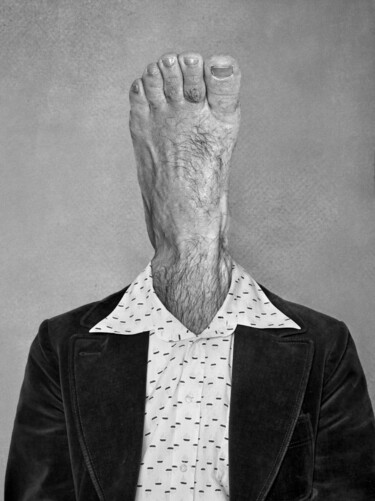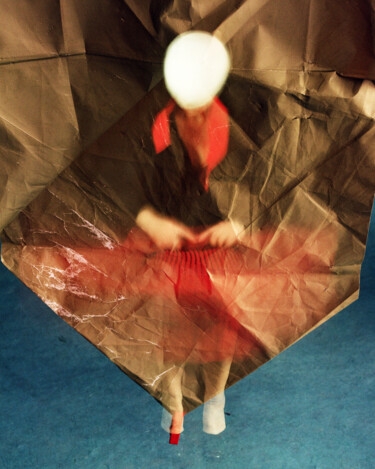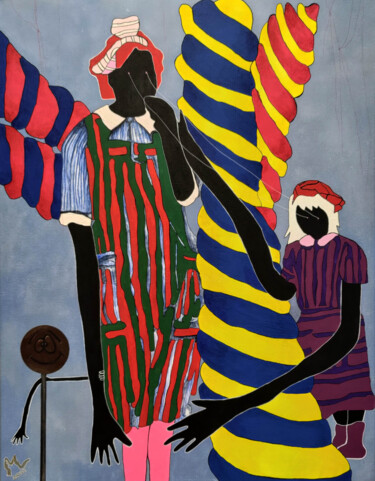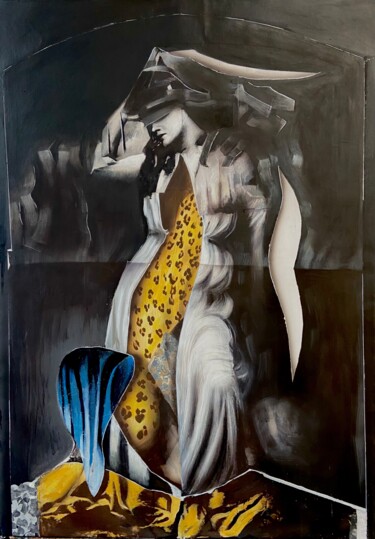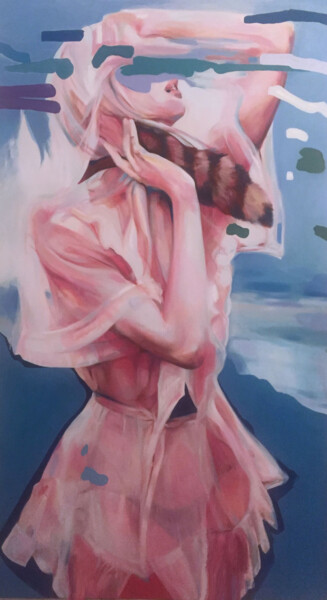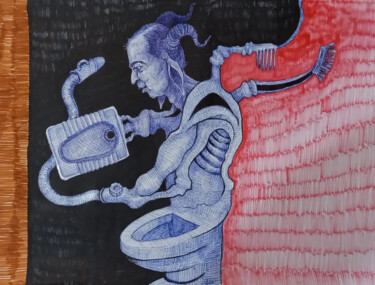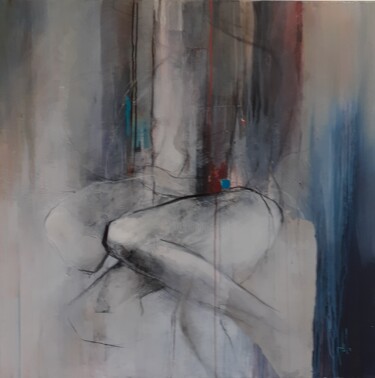The Art of the Human Body Between Realism and Surrealism: A Historical and Artistic Analysis
Throughout art history, the human body has taken on varying meanings and representations, reflecting the cultural, social, and philosophical changes of each era. The emergence of Realism in the 19th century and Surrealism in the early 20th century offers two diametrically opposed yet profoundly significant visions of how art interprets the human body, oscillating between tangible reality and the realm of dreams and the unconscious.
Realism was rooted in a reaction against the Romantic and Neoclassical ideals that dominated the artistic scene of the time. Artists such as Gustave Courbet and Honoré Daumier focused on everyday life, often depicting the working class in real, unidealized contexts. Their approach was direct, often raw, aiming to expose hardships and social injustices through an honest and unembellished representation of reality.
In Rue Transnonain, le 15 Avril 1834 by Daumier, for instance, the human body is presented in its most dramatic vulnerability. The image of an unarmed civilian and his child, killed during a government crackdown, conveys a powerful political and social message, denouncing brutality and the alienation of the individual.
In stark contrast to the harsh realities of Realism, Surrealism emerged as a movement that delved into the depths of the unconscious, using dreams and oneiric visions as principal tools of artistic creation. Influenced by psychoanalytic theories, especially those of Freud, Surrealist artists such as Salvador Dalí and Max Ernst revolutionized the depiction of the human body, transforming it into a vessel of repressed desires, fears, and obsessions.
Techniques such as automatism and automatic writing allowed artists to bypass rational thought, giving shape to images that often defied logic and conventional perception. In works like The Barbarians by Ernst, the human body is distorted and fused with natural and animal elements, reflecting a blend between the inner self and the external world in bizarre and sometimes unsettling ways.
The contrast between Realism and Surrealism in the depiction of the human body illustrates a fundamental rupture in the artistic approach to reality and dreams. While Realism focuses on a faithful and often harsh representation of the physical world, Surrealism plunges into the darkest recesses of the human soul, bringing to light an inner world usually hidden from view.
This rupture not only reflects the cultural and philosophical tensions of the time but also opens a new understanding of art as a means not only of representation but also of exploration and personal transformation. Through Surrealism, the body is no longer merely physical matter but becomes a symbol of inner struggle and identity, in a world where the boundaries between the real and the unreal are constantly challenged.
In conclusion, the opposition between Realism and Surrealism in the interpretation of the human body not only highlights the philosophical and cultural divergences between the two movements but also enriches our understanding of the dynamics between external and internal human realities. To further exemplify this dialogue between the outer and inner worlds, five works by ArtMajeur artists will be presented. These pieces, oscillating between Realism and Surrealism, offer a tangible representation of how art can explore and manifest the complex realities of human life, visually juxtaposing these two distinct yet interconnected artistic universes.
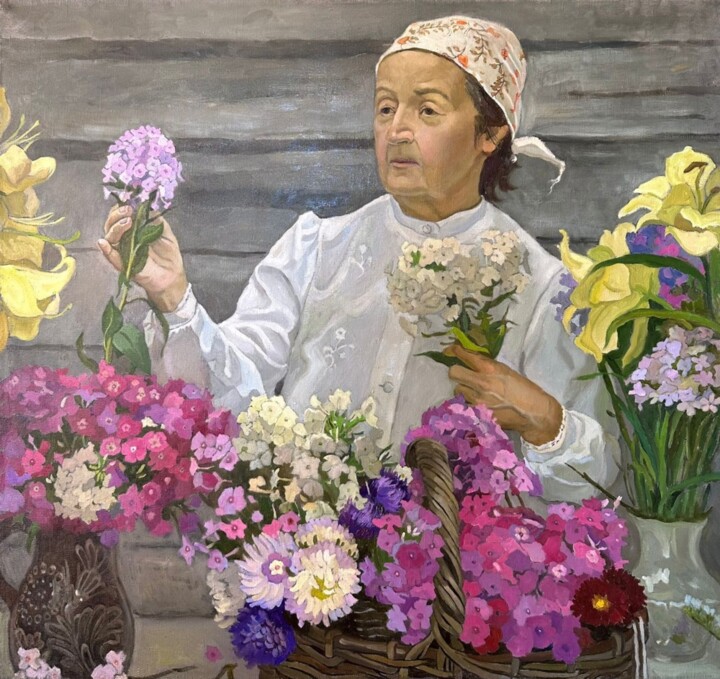 Donna con fiori (2024) Painting by Anastasiia Goreva
Donna con fiori (2024) Painting by Anastasiia Goreva
 Tears of Peonies (2024) Painting by Vasyl Luchkiv
Tears of Peonies (2024) Painting by Vasyl Luchkiv
The two works, Woman with Flowers by Anastasiia Goreva and Tears of Peonies by Vasyl Luchkiv, exemplify the principles of Realism and Surrealism discussed above.
In Woman with Flowers, the figure of the flower seller is firmly rooted in everyday reality. The woman, with a concentrated expression, handles the flowers—the central element of her trade. The scene exudes a sense of realism through meticulous details: the texture of the wooden background, the precise rendering of the flowers and the woman’s hands, and her simple, functional clothing. The artist employs a vibrant color palette for the flowers, which stand out sharply against the neutral background and the subdued tones of the attire, reflecting the tangible, and often harsh, reality of daily labor. This work captures a real-life moment, emphasizing the dignity of manual work and the human interaction with nature through flowers.
In contrast, Tears of Peonies plunges into a dreamlike and surreal atmosphere. The image of the woman, with her eyes closed and immersed in peony petals, evokes a sense of peace and a fusion between the human and the natural world. Her hair intertwines with the flowers, creating a visual bond that symbolizes harmony between humanity and nature. The use of pastel colors and the softness of the forms contribute to a dreamlike ambiance. Here, physical reality merges with abstraction and symbolism, reflecting Surrealist theories on the exploration of the unconscious and dreams as vehicles of emotional and psychological truth.
 Hairdresser (2023) Painting by Awe Haiwe
Hairdresser (2023) Painting by Awe Haiwe
 "Blooming" (2025) Painting by Victoria
"Blooming" (2025) Painting by Victoria
"Hairdresser" captures a quotidian moment—a hairdresser working on a client’s hair—but does so with an artistic interpretation that blends realism with a modern touch. The attention to detail is palpable: from the focused expression of the hairdresser, dressed modestly and wearing a mask, to the neatly arranged hair products in the background. However, the use of vibrant and somewhat "exaggerated" colors, such as the deep pink of the walls and the bright blue of the cape, infuses the scene with a vitality that departs from a purely traditional realist style. This bold use of color injects energy and a sense of modernity, perhaps reflecting the dynamic and creative atmosphere typical of a contemporary beauty salon.
In contrast, "Blooming" by Victoria is a surreal and poetic portrait where humanity and nature merge in an ethereal way. The woman, depicted with a large peony covering her face, conveys a sense of mystery and deep integration with the natural world. The technique combines realistic elements—such as the detailed texture of the skin and petals—with a surreal approach that envisions the hairstyle as a giant flower. The soft colors and delicate gradients of white, light blue, and pale yellow create a dreamlike atmosphere, further enhanced by the blurred gray background. This work explores themes of identity and nature, playing on the contrast between the solid human form and the fleeting, delicate nature of the flower, suggesting a reflection on beauty and transience.
Both works engage with the theme of beauty and transformation through the medium of hairstyling, but in radically different ways. "Hairdresser" celebrates the everyday and the tangible reality of a creative profession, while "Blooming" delves into a more metaphorical and surreal realm, where hairstyling becomes a symbol of the fusion and entanglement between the human and the natural. While Awe Haiwe uses bold colors to enliven an otherwise ordinary scene, Victoria employs soft tones to emphasize the fluidity and delicacy between the human and the floral.
 Les lavandiers (2018) Painting by Nicolas Maureau
Les lavandiers (2018) Painting by Nicolas Maureau
 Hotel Shower,Ichthyocentaur Painting by Christopher Walker
Hotel Shower,Ichthyocentaur Painting by Christopher Walker
"Les Lavandiers" by Nicolas Maureau is a work that brings to the forefront a historical profession, traditionally associated with women, but reinterpreted with a masculine perspective. The artist draws inspiration from 19th-century washermen, a recurring figure in the painting of that era, as exemplified by the works of Jean-François Millet. In this painting, Maureau depicts two men engaged in washing clothes—a quotidian scene reimagined with a contemporary imprint. The realistic representation of the subjects and their activity is evident in the detailed rendering of their muscles and postures, as well as in the careful attention given to the texture of the fabrics. Though the painting portrays an ordinary task, it conveys a sense of strength and toil, emphasizing the hardship of manual labor through the presence of water, which almost becomes a symbol of purification and exertion.
In contrast, "Hotel Shower, Ichthyocentaur" by Christopher Walker plunges into the realm of mythology and imagination. This work features an ichthyocentaur—a mythical creature part human, part horse, and part fish—set in the everyday setting of a hotel. Water plays a central role, but it is presented in a playful and surreal manner: the mythical character struggles with a hotel shower, creating a humorous and ironic scene that uses water not only as a natural element but also as a modern technological challenge. The vibrant color palette and the inclusion of fantastical elements further enhance the whimsical nature of the work, exploring themes of adaptation and the melancholy of mythical beings in contemporary settings.

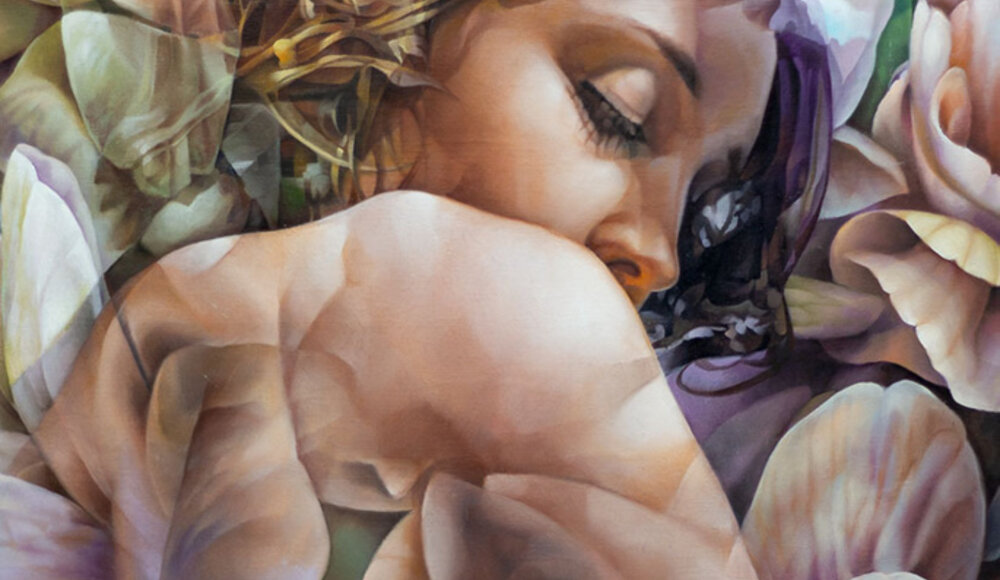
 Olimpia Gaia Martinelli
Olimpia Gaia Martinelli

